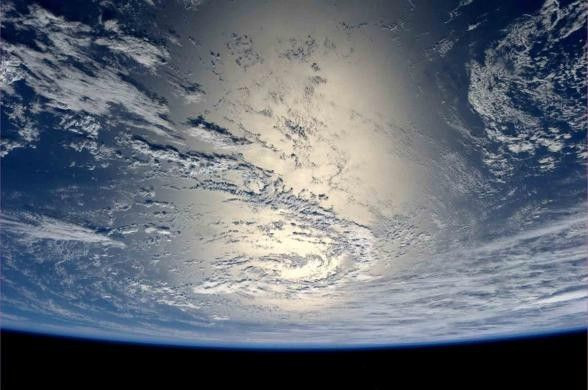Sun Unplugged: The 'Soul' of The Sun Found

Scientists have confirmed that subatomic particles called proton-proton neutrons make up 99 per cent of its energy, according to Astronomy Magazine. The findings were published in a report in the journal Nature.
An international team of scientist led by Andrea Pocar, assistant professer at the University of Massachusetts, confirmed that theories that stated that most of sun's total energy is produced by proton-proton fusion in the core through their discovery.
Pocar explained that their experiment involved taking a neutrino photograph of the Sun because of which they confirmed the theories about the sun. They measure the most abundant netrino source that is produced by proton-proton fusion in the Sun.
Stars shine because of the fusion of protons into helium that results in the production of photons of energy and proton-proton neutrinos, mass-less particles that interact very less with other matter that make them hard to detect.
Every second, the sun consumes more than 600 million tons of hydrogen that take them to a temperature of more than 15 million degrees in its core, also generating about 384 yottawatts of energy per second.
Pocar explained that the neutrinos are the only way to look into the Sun's interior that he describes as the soul of the Sun. He added that the neutrinos help the scientists get a view of the Sun as it was eight and a half minutes ago and not just a thousand of years ago when the photons exited the core.
The scientists came to the conclusion through comparison of photon and neutron data that the Sun is in a state of thermodynamic equilibrium and that was for the last 100,000 years.
A Borexino neutrino detector, is the only detector capable of observing a spectrum of solar neutrinos at the same time, at Gran Sasso National Laboratories in Italy that was used by the scientists to locate these hard-to-find particles.
The scientists are planning to make further use of the detector to study the internal composition and structure of the Sun.
Pocar explained that the precision of the measurement was not enough to differentiate between two models of the Sun which show a difference in the amount of heavy elements like carbon and oxygen.




















